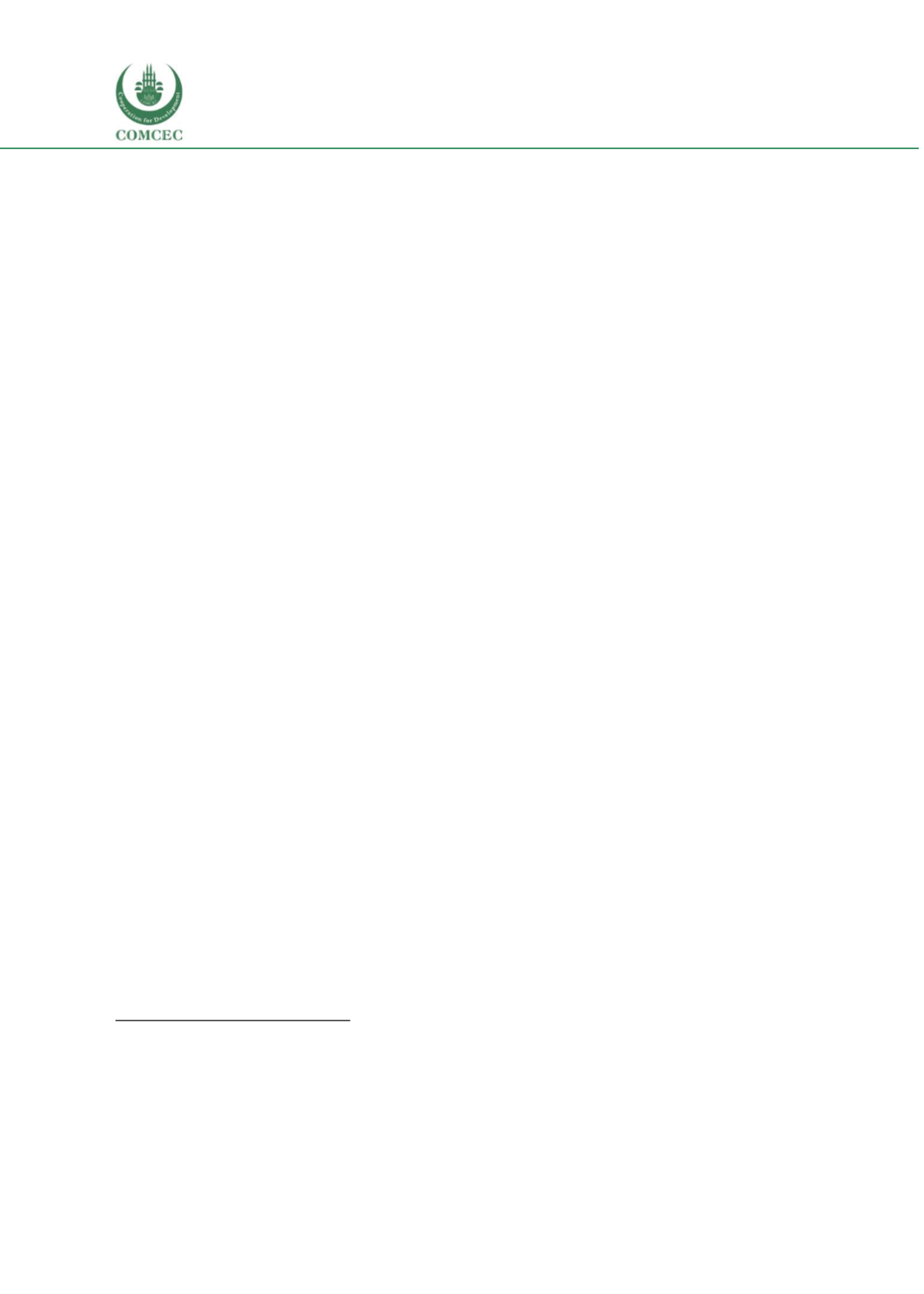

Education of Disadvantaged Children in OIC:
The Key to Escape from Poverty
130
For the 2015 Joint Education Needs Assessment
350
(JENA), household interviews were carried out
across the different regions, focusing on Syrian refugee groups in Jordan. While the sample of
school-aged children with disabilities was too small to draw any statistical conclusions, results
can be considered as indicative for the Syrian refugee population.
6% of households reported having
a member with a disability, with only 46% of children with disabilities attending school.
Age.
Younger disabled children seem to be more likely to attend school (51% and 65% for boys and
girls with disabilities aged 6-11 respectively, versus 33% and 47% for boys and girls with disabilities
aged 12-17).
Gender.
Girls with disabilities are more likely to be attending school than boys. Combining age and
gender, 6-11 year old girls with disabilities are twice as likely to attend formal education as older boys
with disability (65% vs 33%)
Measuring Inequality of Opportunity in Access to Education in Jordan using the Human
Opportunity Index
Using the DHS data, this section will analyse the inequality of opportunity in education using the
Human Opportunity Index (HOI) approach
351
(see Annex 1 for further details on methodology
and interpretation).
The Human Opportunity Index
The HOI is high for education indicators for Jordan (See
Figure 49),
signalling relatively low
inequality in access to schooling linked to circumstances.
This is in line with the discussions in the
previous section which found relatively high attendance and completion rates across indicators
and circumstances, especially at the primary level.
350
The JENA is carried out to inform the Education Sector Working Group, the coordinating group of international organisations
and NGOs (with MoE attendance) on education programming for the Syrian crisis in Jordan.
351
The Human Opportunity Index (HOI) was initially presented as a methodology by the World Bank in the study Barros and
others (2009) to measure inequality of opportunities for children in Latin America. So far it has been used in other multi-country
studies including South Asia (Rama et al, 2015), Africa (Dabalen et al, 2015) and also for single countries including Pakistan
(Newman, 2012) and Egypt (Aran and Ersado, 2013).
















